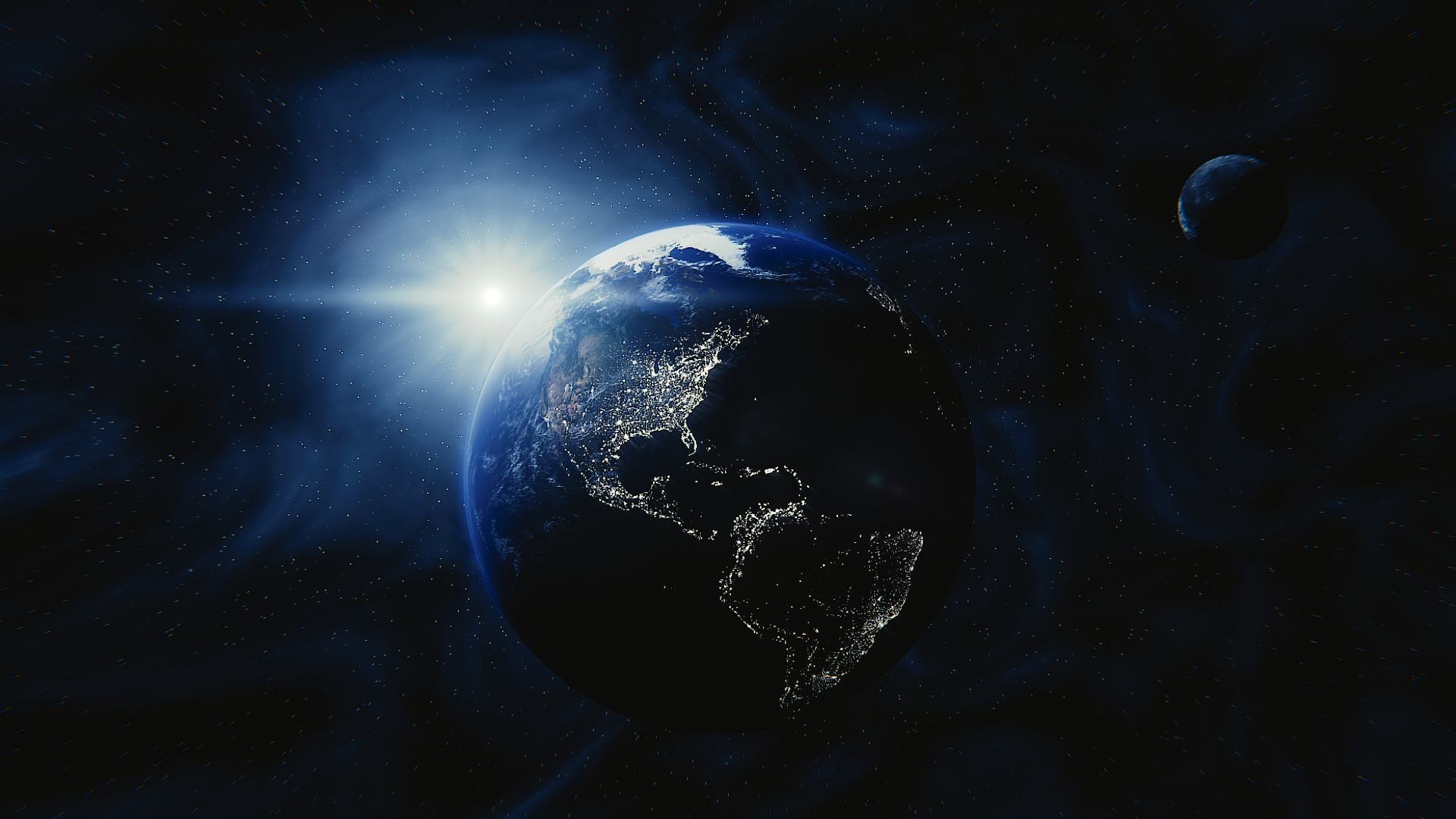
The Anthropocene as the age of industrial transformation of nature
Transformation of natural resources
The transformation of natural resources is the second key step of human activity.
The transformation of resources is necessary to produce the goods and services that we are consuming (for example: melting sand into glass), but also and above all to provide the energy needed for human activity (for example: burning oil to run a car).
It takes place at all levels: in the various industries (steel, cement, petrochemical, textiles, etc.) which produce the goods and services that we consume, to run the countless machines (cars, computers, telephones, oven...) which are working every day for us, to heat the buildings we live in...
Who says transformation of matter says dissipation of energy and production of waste. For example, the transformation of fossil resources by combustion produces greenhouse gases.
It is estimated that the transformation of fossil resources by combustion is responsible for approximately 75% of global greenhouse gas emissions [1].
The latter, by accumulating in the atmosphere, accentuate the greenhouse effect and contribute to global warming. The process of transformation of resources at work to provide the energy necessary for human activity is therefore the primarily responsible for current climate change.
The transformation of increasing amount of resources logically generates ever more waste, but also consumable goods. Plastic is a typical product generated by the transformation of petroleum.
Since the middle of the 20th century, about 10 billions of tons of plastics have been produced and rejected in the environment [2], where the plastics break down into very small pieces, called microplastics, which today are found all over the surface of the Earth [3, 4].
Key messages
Since 1950, over nine billion tons of plastics have been produced [2]. Billions of tons have been dumped in the environment, where plastics break up into very small pieces, called microplastics, which can circulate through the air or through water. As a result, plastics are found absolutely everywhere, even at the top of the highest mountains or at the poles [3, 4].
It is estimated that several million tons of additional plastic waste are added to the ocean every year [5]. These waste have accumulated to form a "seventh continent", which is called the "Great Pacific garbage patch". Located in the Pacific, halfway between Hawaii and California, it is the place in the world that concentrates the most waste: its size is estimated at some 1.6 million square kilometres, i.e. the equivalent of approximately three times the area of metropolitan France.
From top to bottom and from left to right: part of the Great Pacific garbage patch in the Pacific Ocean, trash strewn on a beach in Hawaii, trash floating on the surface of a river in the Dominican Republic, plastic river in Malaysia, baby seal playing with plastic in Hawaii and birds surrounded by plastic waste in Hawaii.
Source of images : NOAA for the upper left photo, The Ocean Cleanup for all other photos.
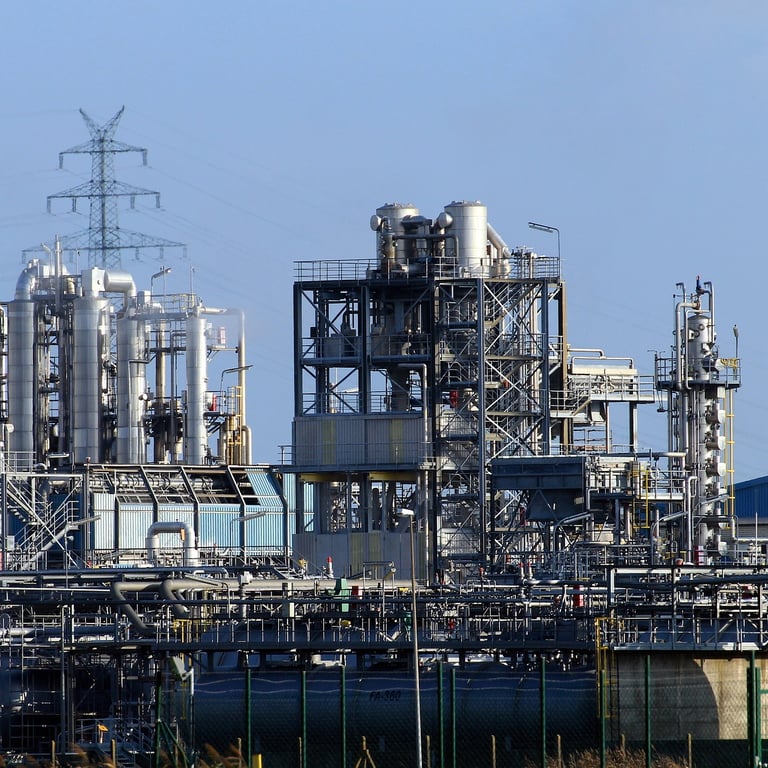
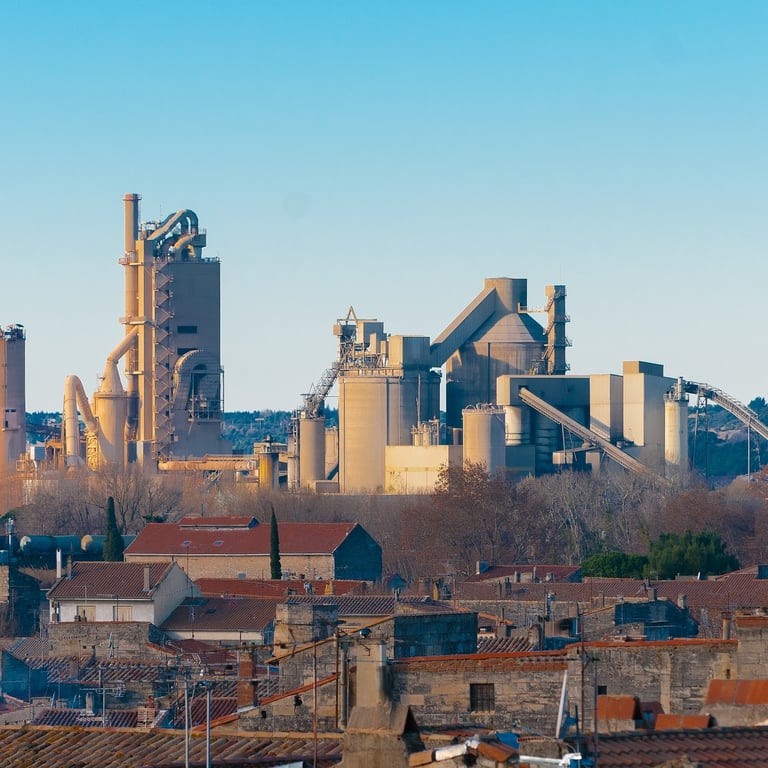
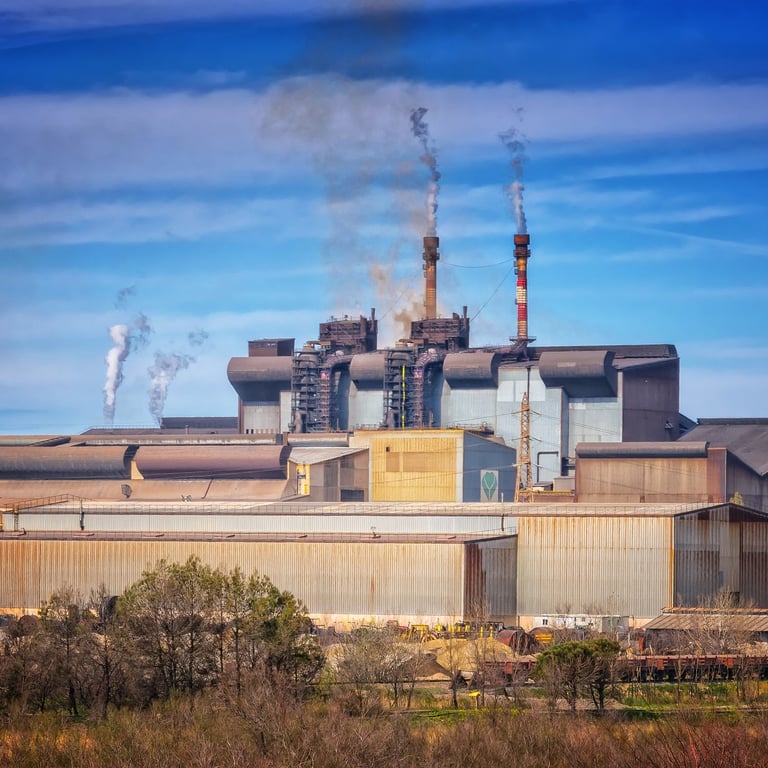
The transformation of natural resources is at the basis of industry, which is the human activity that emits the most greenhouse gases. Petrochemical, cement plants and steelworks are industries that emit huge amount of greenhouse gases, because they require the combustion of large quantities of fossil fuel and involve processes which themselves emit CO2. Industry would thus be responsible for approximately 30% of global CO2 emissions [1]. Refinery in Brunsbüttel in Germany (on the left), cement plant in Beaucaire in France (in the center) and steelworks in La Fos-sur-Mer in France (on the right). Source of images: Pixabay.
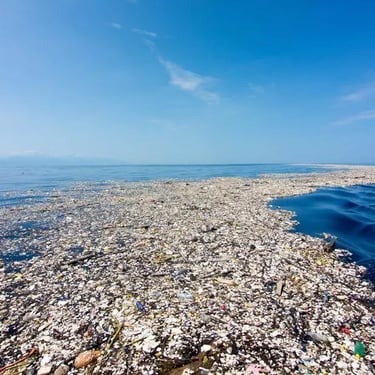
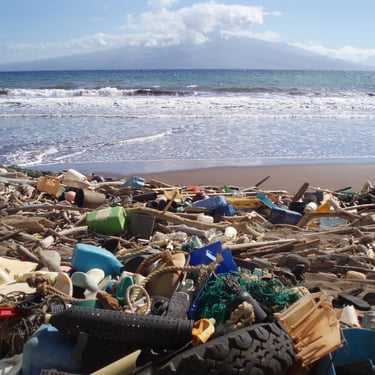




Industry transforms natural resources and emits waste
Industry produces billions of tons of plastic
References
[1] H. Ritchie, M. Roser, et P. Rosado, « Energy », Our World in Data, 2022. https://ourworldindata.org/energy
[2] H. Ritchie et M. Roser, « Plastic Pollution », Our World in Data, 2018. https://ourworldindata.org/plastic-pollution
[3] F. Citterich, A. Lo Giudice, et M. Azzaro, « A plastic world: A review of microplastic pollution in the freshwaters of the Earth’s poles », Sci. Total Environ., vol. 869, p. 161847, 2023. https://www.sciencedirect.com/science/article/pii/S004896972300462X
[4] M. Macleod, H. P. H. Arp, M. B. Tekman, et A. Jahnke, « The global threat from plastic pollution », Science, vol. 373, no 6550, p. 61‑65, 2021. https://www.science.org/doi/10.1126/science.abg5433
[5] S. B. Borrelle et al., « Predicted growth in plastic waste exceeds efforts to mitigate plastic pollution », Science, vol. 369, no 6510, p. 1515‑1518, 2020. https://www.science.org/doi/10.1126/science.aba3656
